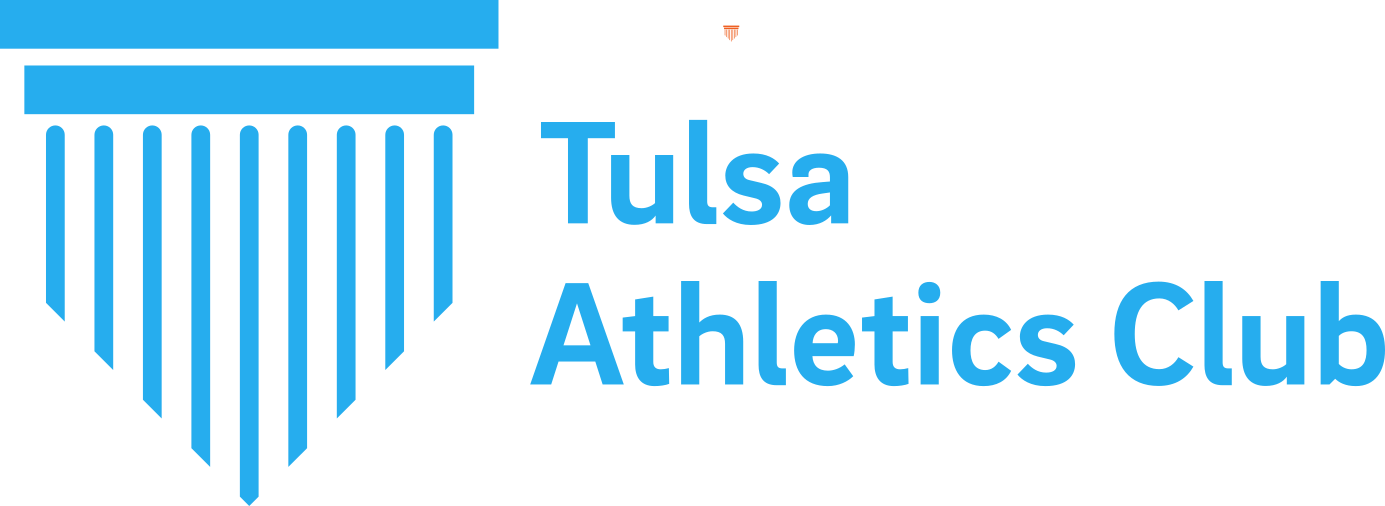If athletes all needed the same thing, this line of work would be very boring. Sadly, the industry would look much the same as “systems” and software swamp the differences that make athletes unique and coaching rewarding.
What does it mean to be “faster” than you were before? Do you have greater acceleration, allowing you to reach the same maximum velocity in less time, therefore shaving off a few fractions of a second? Is it a greater maximum velocity, one that might take you longer to reach (unless your acceleration improved accordingly) but that lowers your overall time? Maybe you’re able to maintain your maximum velocity longer, so your acceleration and peak speed are the same but you have less of a drop-off?
Likewise, what would be behind an increase in agility? Well, first we should know how agility is being measured. Most likely it’s the time to complete a change of direction test, like the 5-5-5, a T- drill or something else involving cones.
If an athlete is now more agile, are they more adept at deceleration into the change of direction or more explosive accelerating out of the change of direction? Or, maybe they’re just “faster” during the straight-line parts of the drill. Has anyone done the before-and-after on their change of direction deficit on top of whatever “agility” measure is being used?
And, of course, are they “faster” or more agile in a way relevant to their sport? The NFL has made the world obsessed with combine training. Very few players will ever run 40 yards continuously under any circumstances in a football game, yet somehow that’s become the gold standard for speed.
Even over more relevant distances, how a player benefits from being faster turns on those aspects we mentioned above. If a lineman and a wide receiver both get “faster,” they may not benefit from it in a game. The lineman needs greater acceleration, rather than maximum velocity, whereas the wide receiver would benefit from being able to extend his acceleration and hit a higher max speed.
Improving a tennis player’s agility may not help them win many more points if they are more agile because of better acceleration rather than deceleration. Tennis players need to rapidly decelerate in the penultimate step before taking a groundstroke. If a tennis player cannot control her velocity, they will either overrun the ball or have to reduce their max speed around the court, making their “improved” agility completely useless to their sport.
What has all this on our minds? Well, for starters, this is the sort of thing that’s always on our minds.
More directly, we were looking around the websites of other training programs in Tulsa and found one that bragged about having an in-house secret sauce system that produces improvements in things like strength, speed, agility and vertical jump. They denominated these improvements in percentages, and talked about the science and the data and the tech.
Their recruiting methods seem much more interesting than their training.
Quasi-update: Between writing this and posting this, we stumbled upon another Tulsa-area sports performance gym that said new coaches would be trained up in their “template.” What’s worse: the gym that trains off a template, or a coach willing to work under someone else’s template?
Where are they finding all these athletes with such similar athletic and psychological profiles that the same system works equally well for them? Because we’ve coached a lot of athletes (not as many as we would have liked - you can help us out with that! - but a lot), and have yet to find two that have the same needs and would improve via the same system.
We’ve had middle distance runners who had similar PR’s, similar season-by-season progression, were the same age and height, even had the same hair color - and yet if you looked at their training schedules (especially their gym work) you’d be hard-pressed to think they played the same sport. Two sisters who have played the same sport in the same club with the same coaches for the same amount of time might have no more in common training-wise than two athletes from different sports on different continents.
Improving something like agility requires us to first define two terms: agility and strength. What does agility mean in the context of your sport, and what would improving it mean in the context of the sport? That gives us enough to assess the athlete. That, in turn, will help us determine the athlete’s areas for improvement and how we will measure that improvement. Those measurements may not be anything that can show up on a leaderboard, and even if they did, it might be a Leaderboard of One because the other athletes working on agility may be targeting other components of the skill.
This is what makes coaching fun and satisfying. It gets even better when we have to do all this within the context of club training, because the training sessions then need to work at the group level and the individual level. We will never shortchange the individual, but for both team and individual sports, group training brings its own intrinsic benefits.
Young athletes are, by definition, untrained. This makes it easy to achieve broadly defined improvements. Do those improvements make them better, more resilient and more adaptable athletes in the season ahead and 10 years from now? Not always, and not when you’re teaching to the test, that is, training for a combine.
Keep score during the games, not the workouts. Don’t look results on a leaderboard - look for them on the field, court, track or rink this season, next season and in whatever that athlete is doing 5, 10 and 15 years from now. It won’t make for good ad copy, but it will make for a better athlete.
Photo credit: Victor Freitas / Pexels
